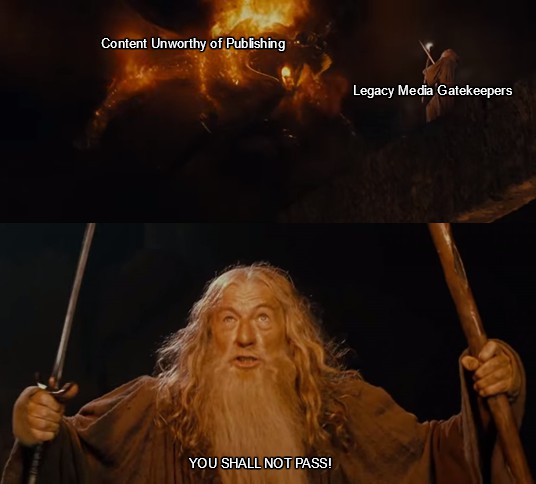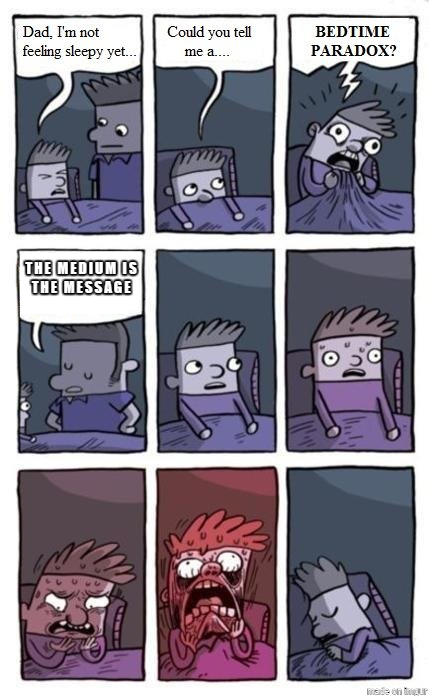Framing can be used in many different ways but the two most prominent that I have noticed is when people use it to filter their content to content that matters, and when they use it to shape a persona for themselves online.
WHAT IS FRAMING?
Framing is to take aspects of reality and to refine them to a point where an audience perceives that to be real instead. It is then making these refined parts more salient in order to draw attention to this “new reality”.
CONTENT
Content is often filtered down to only the best and most relevant information and ideas. This is so the content surrounding the core idea isn’t jeopardized by anything that doesn’t fit. The content is also used to help create the persons online persona. Framing in this particular circumstance can be used to portray events in a certain way.
PERSONA
It is often assumed that what people show on the internet, especially by celebrities, is a real representation of their life when it is usually a glossed up version of it. Not everything is how it seems and this persona is usually cultivated and carefully created by stringing together select pieces of content.
Below is an example of how I take a few of my cosplay selfies which is an example of framing:
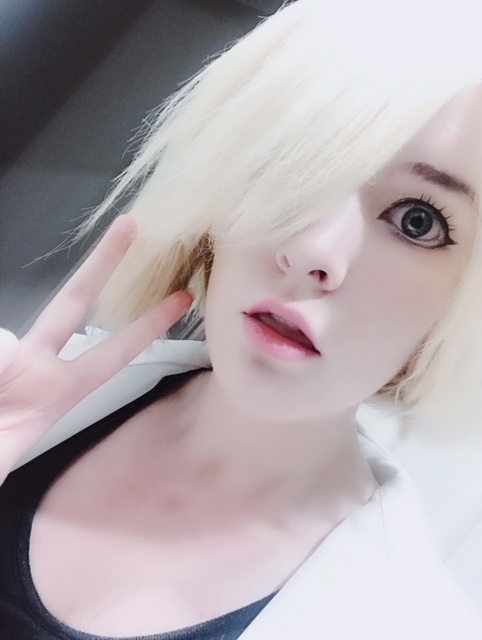

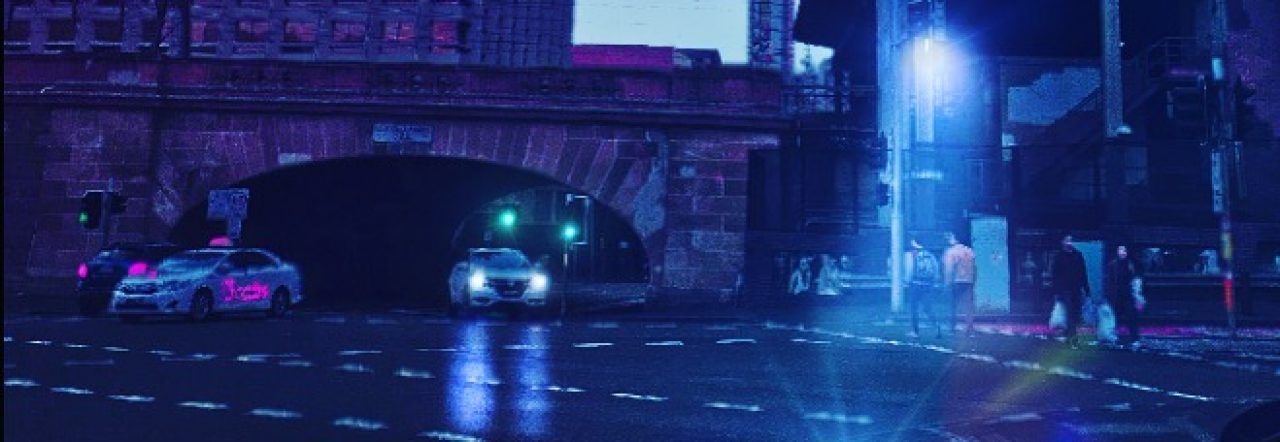
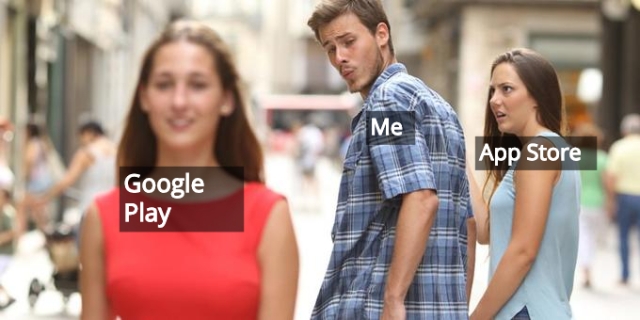
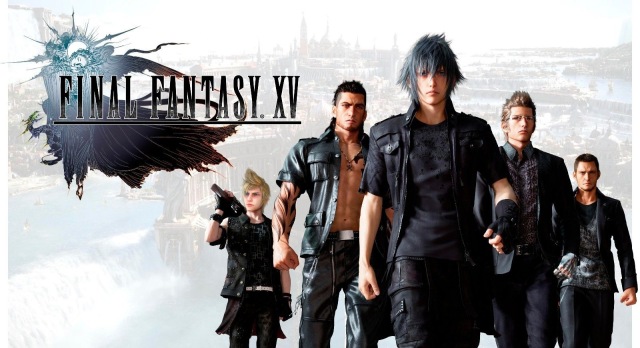
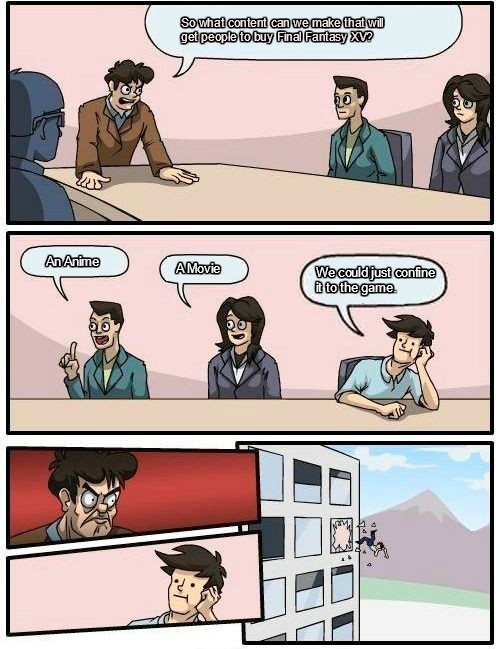
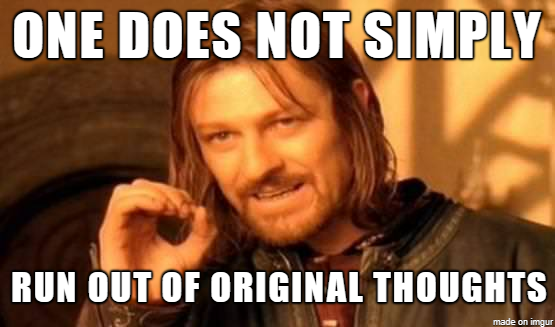 The irony of this meme is that it is both original and unoriginal at the same time…
The irony of this meme is that it is both original and unoriginal at the same time…